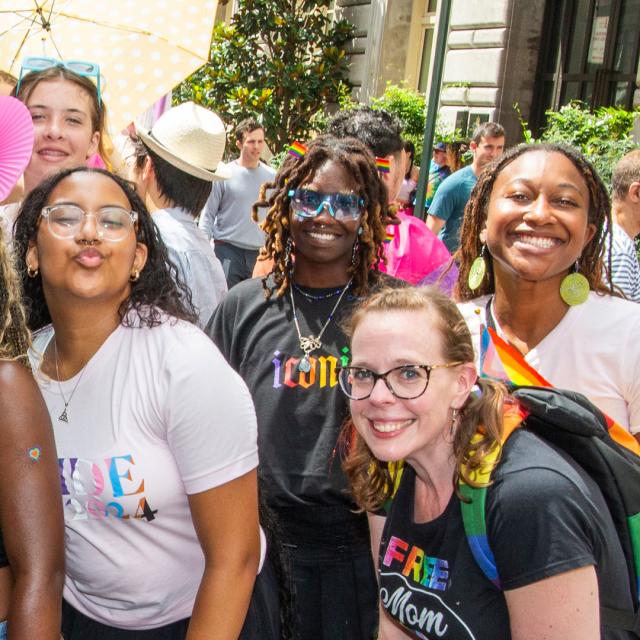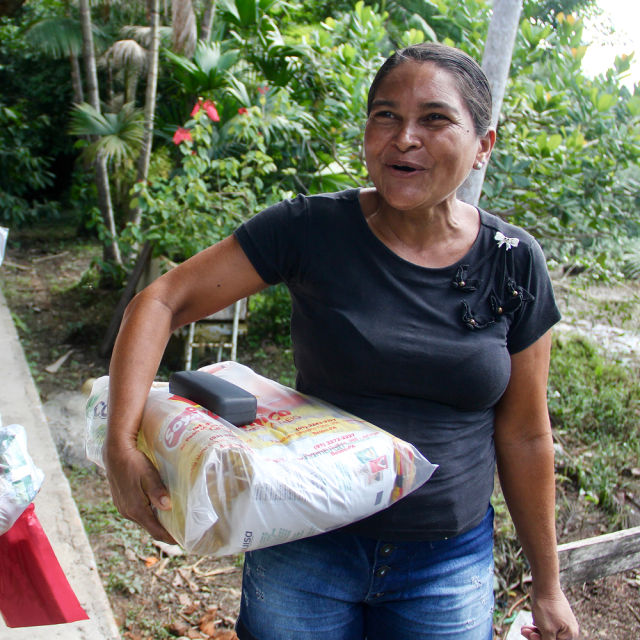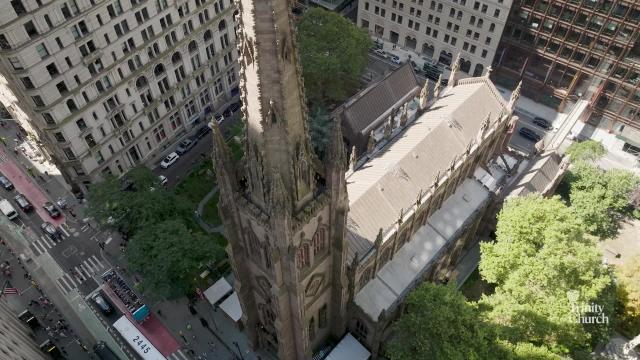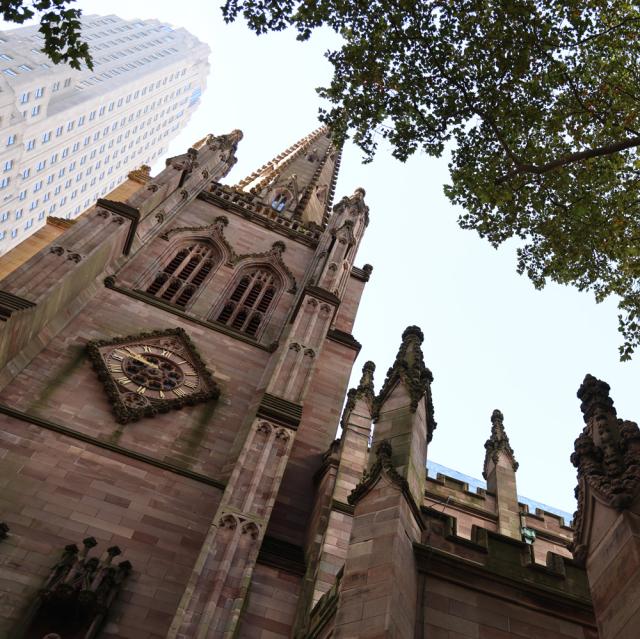Speakers and Book Talk Videos
7247 results

All are welcome at Trinity Church. Everyone, regardless of membership status, is invited to participate fully in our worship services, programs, and community life.



10 Fast Facts About Trinity Church
After 328 years, Trinity has some stories to tell. Marissa Maggs, director of Trinity’s Archives, walks us through 10 of them.